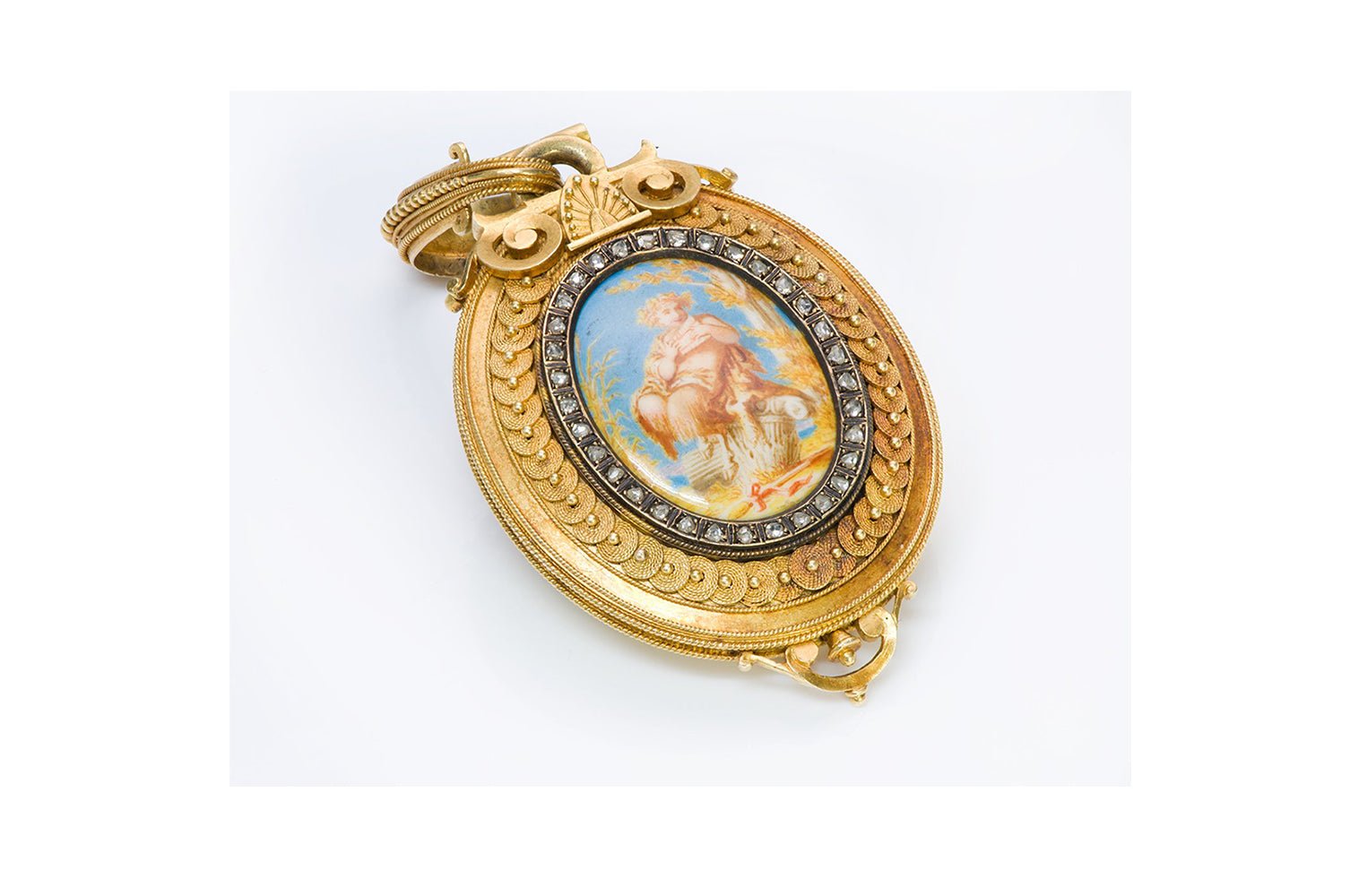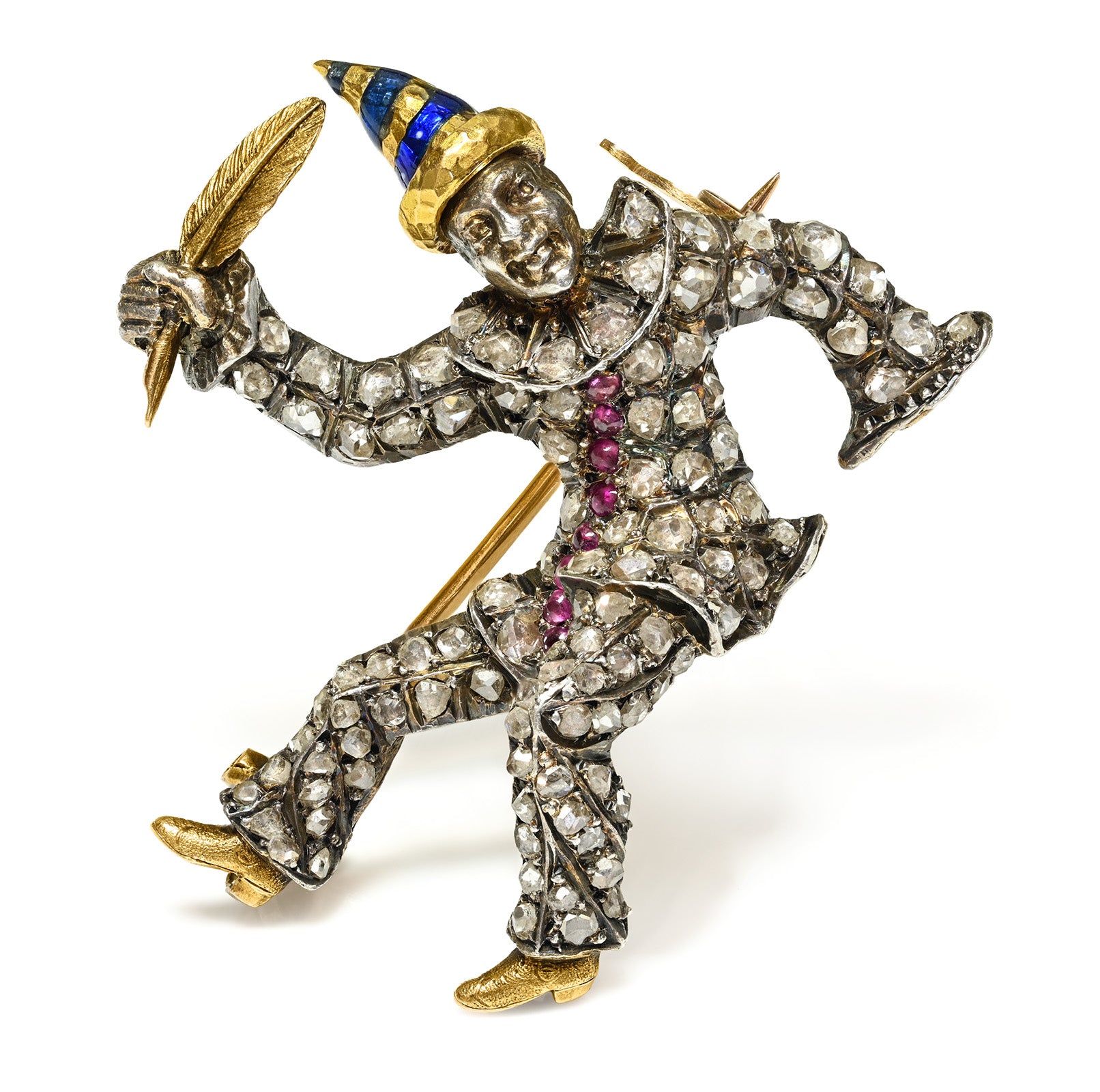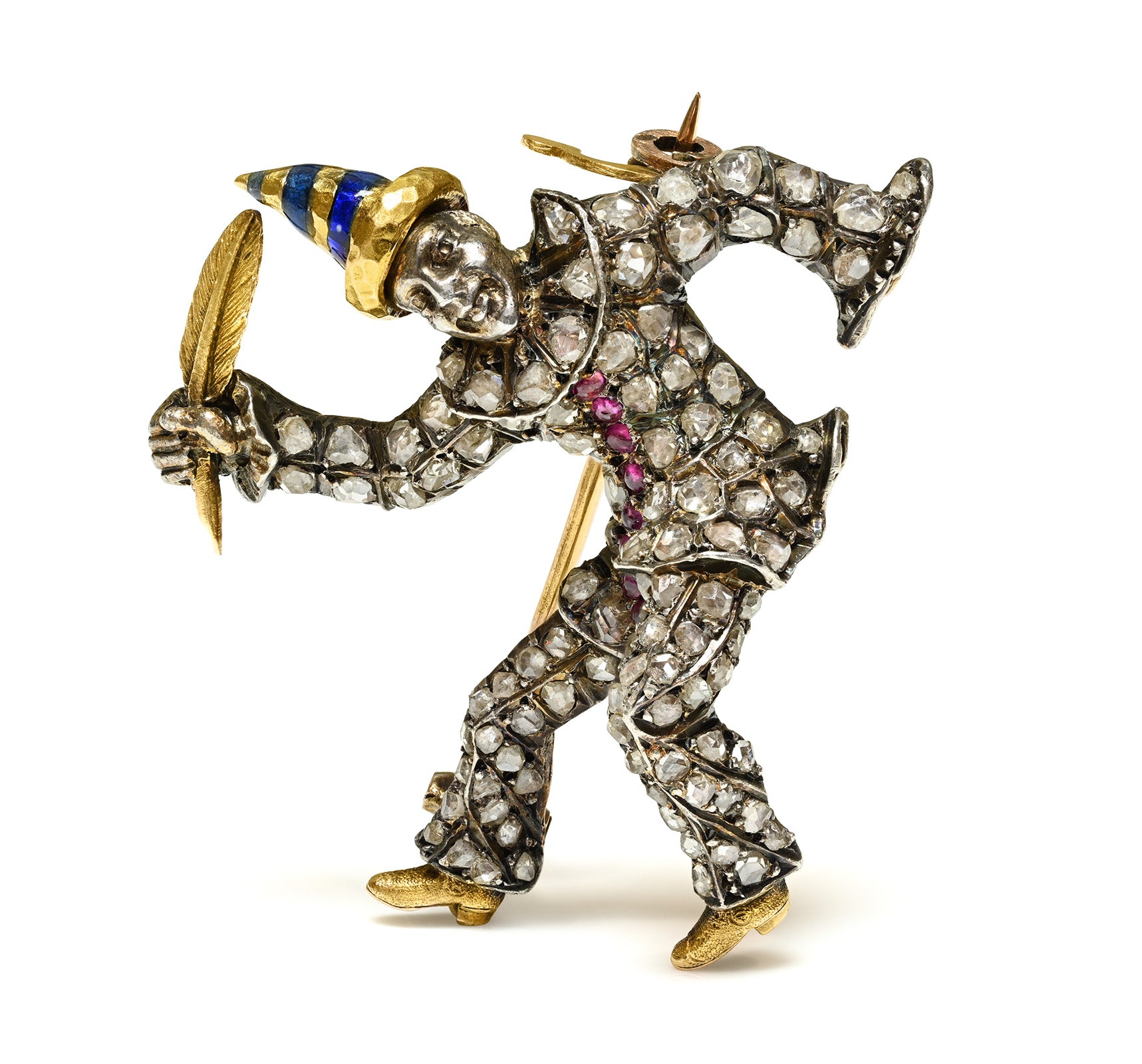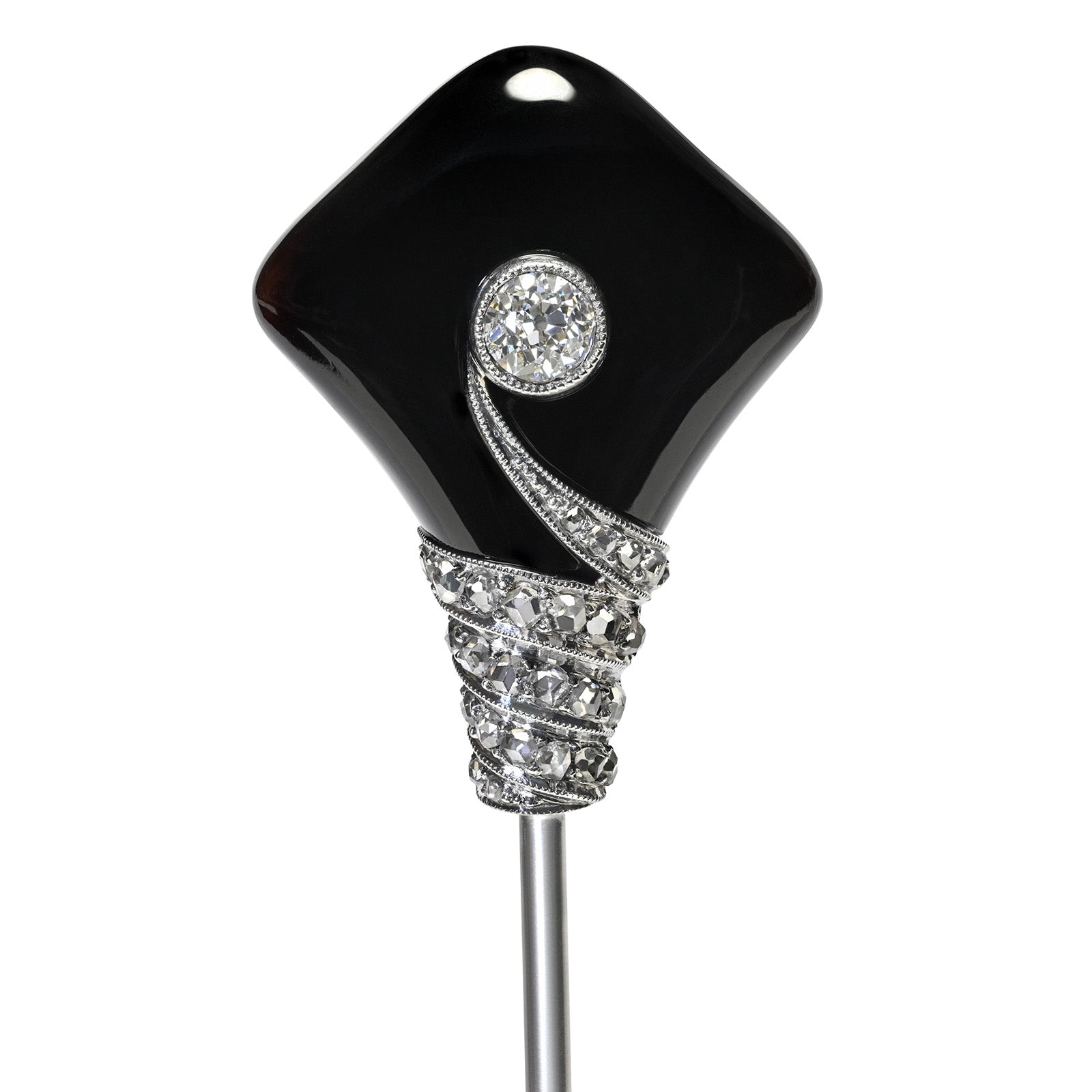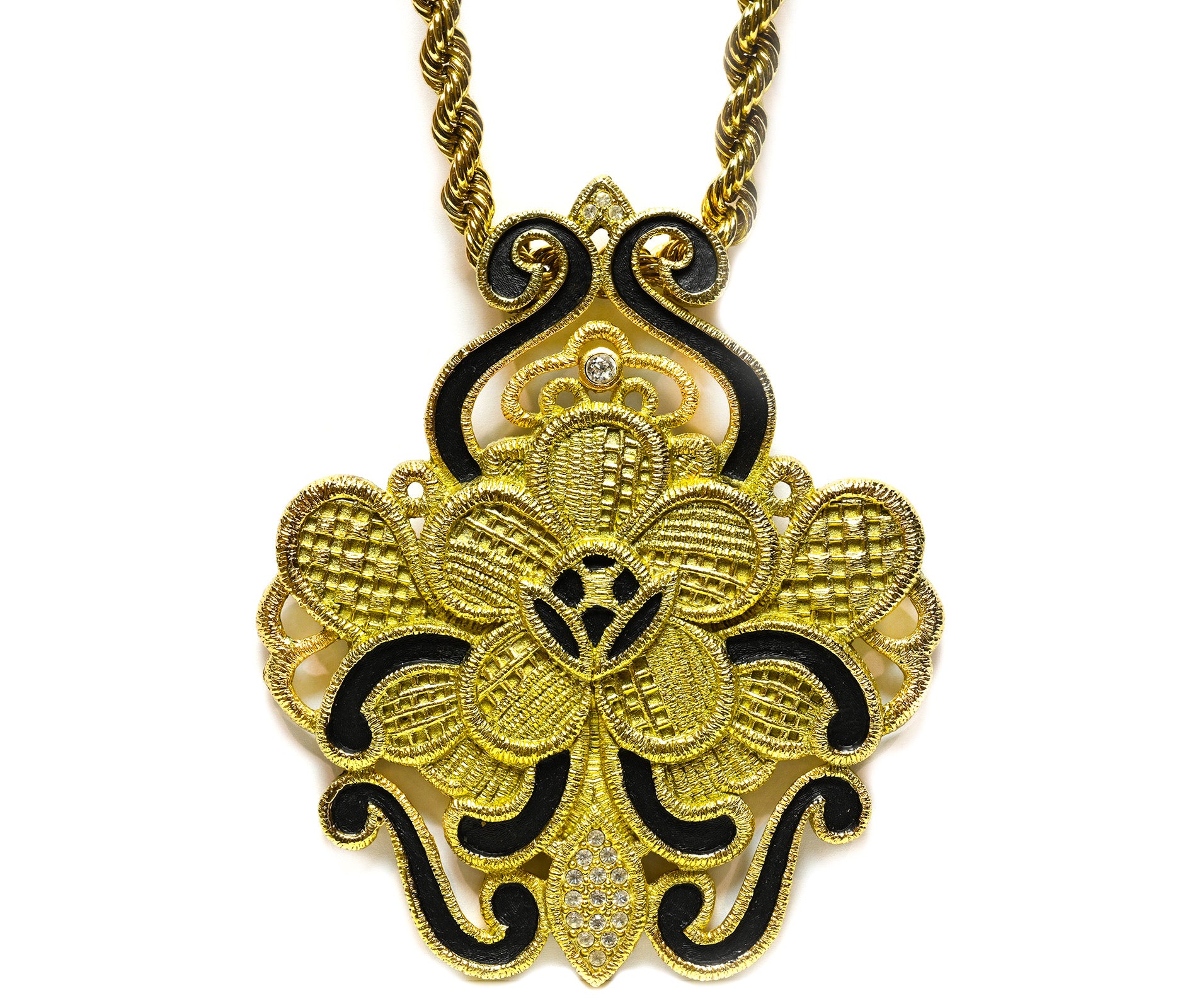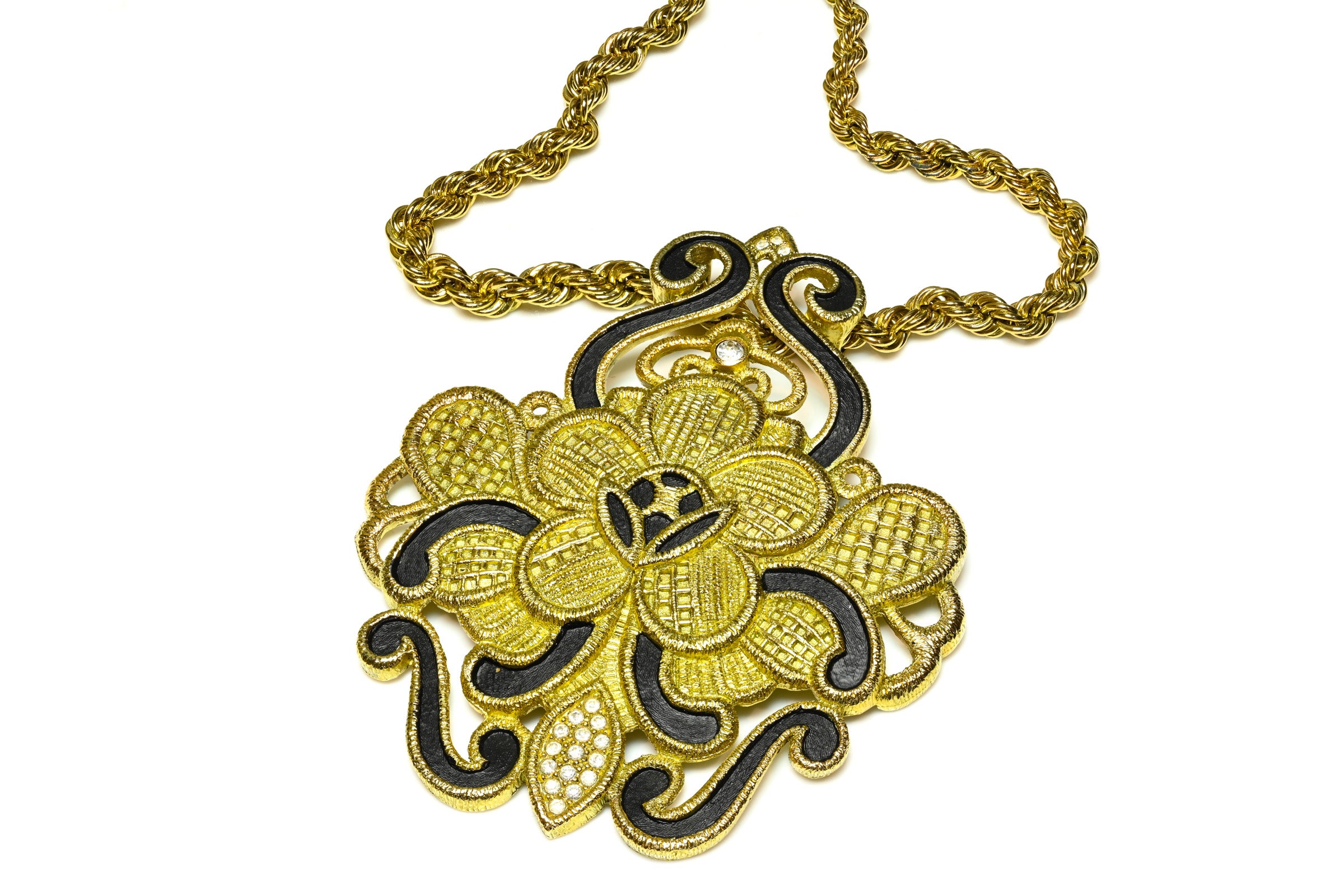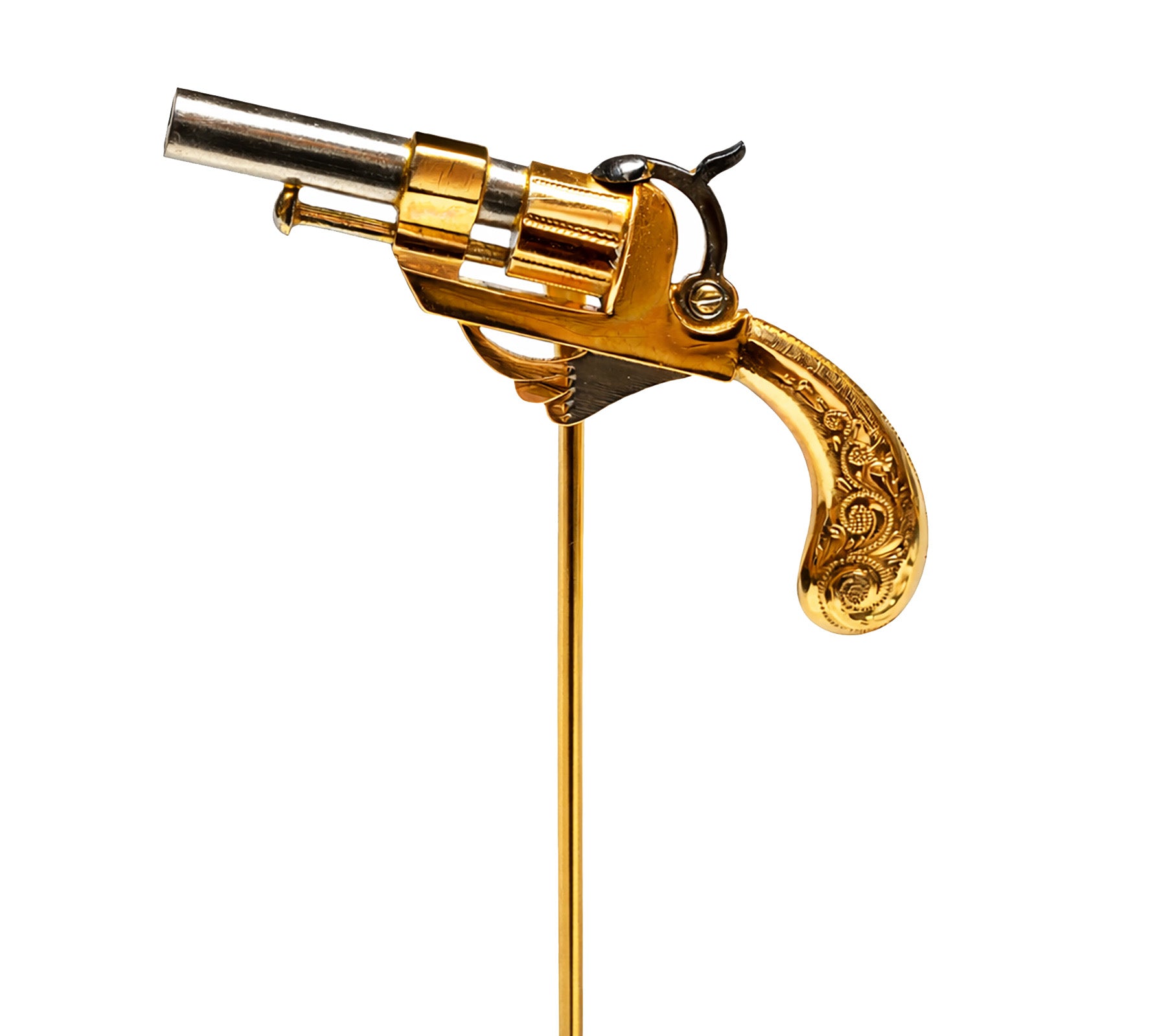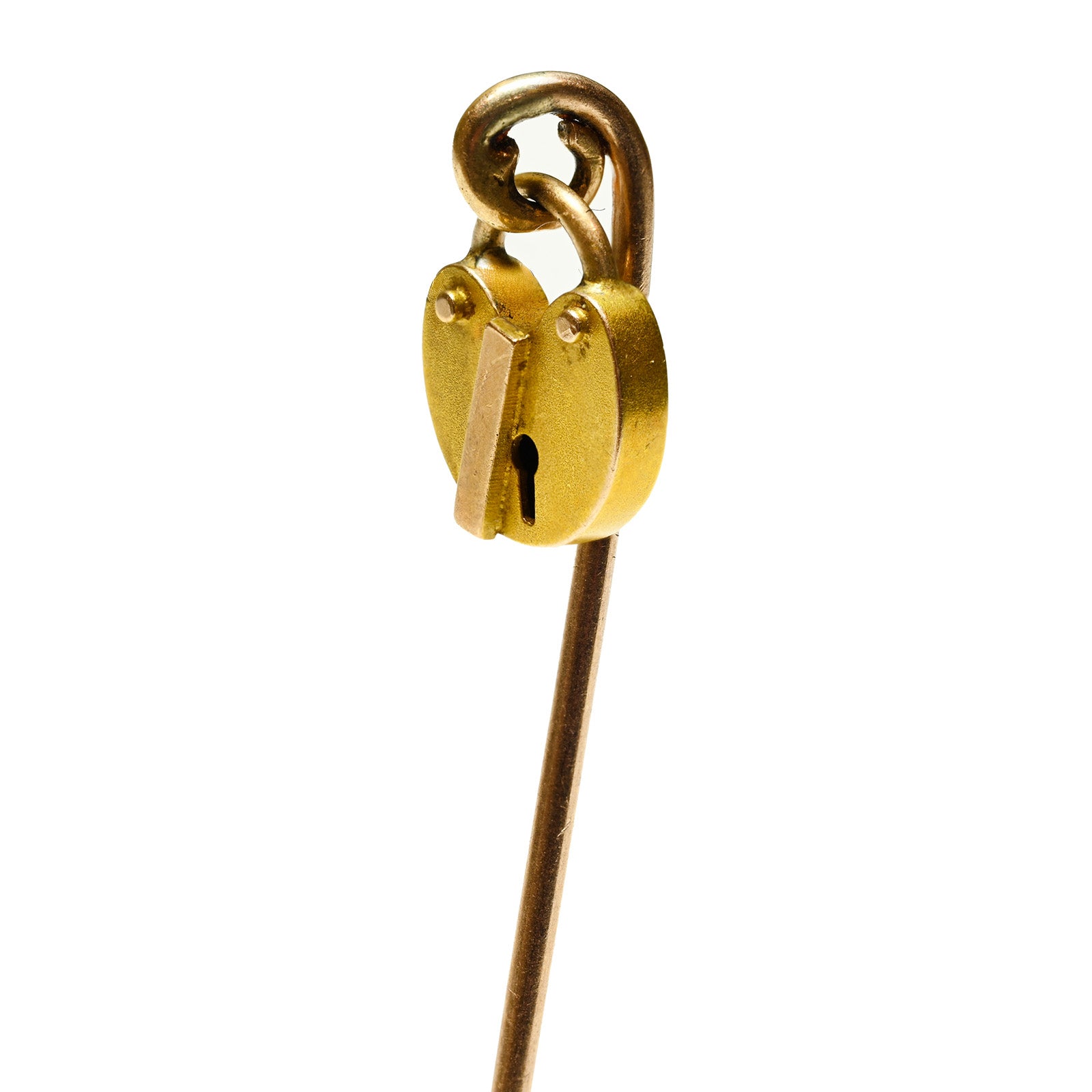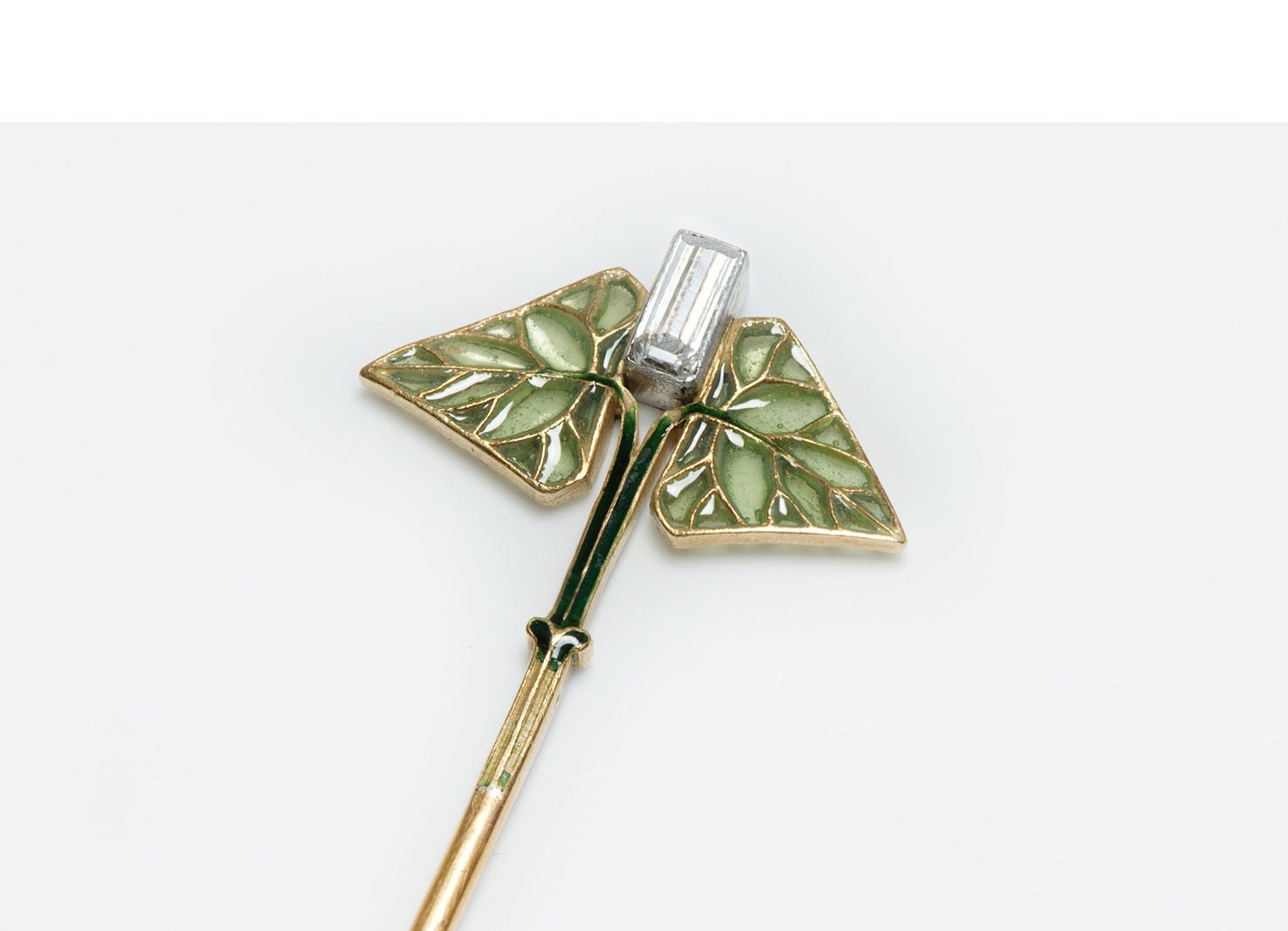
René Lalique - The Shining Star of Art Nouveau Jewelry
The brilliant French jeweler René Lalique is probably the most celebrated exponent of Art Nouveau. His artistic creations were fantastic, intricate, and extraordinary!
The Art Nouveau artistic movement that developed between 1880 and 1920 revolutionized the world of jewelry, profoundly renewing its aesthetic structure. The prevailing source of inspiration was nature, organic forms such as plants, animals, and the human body are at the very core of this current.
"As Art Nouveau jewels have the dignity of sculptures and are the work of great artists who elaborate their response to the new style with original pieces and fascinating pictorial transcriptions", Silvia Malaguzzi beautifully wrote in her book called "Oro, gemme e gioielli".
The jewelry pieces and objects made by René Lalique (1860-1945) are true works of art that reflect the very spirit of the Art Nouveau artistic movement.
The History of René Lalique
René Lalique had a strong interest in painting when he was very young, which he abandoned on the death of his father, becoming in 1876 an apprentice to the eminent Parisian goldsmith Louis Aucoc.
Although eager to learn the trade, René Lalique was interested in the arts in general. He enrolled in L'École des Arts Décoratifs and attended it from 1876 to 1878 and then went to London to complete his studies. He attended the School of Art in Sydenham between 1878 and 1880.
Back in Paris, he studied sculpture with Justin Lequien and designs fabrics for a relative. In 1881, Lalique began his great adventure. He began designing and making jewelry, selling the pieces to companies such as Aucoc, Boucheron, and Cartier.
He opened a small workshop and in the first ten years enjoyed unprecedented creativity, as well as enormous success with the public, he was the undisputed star of the time.
By adopting the themes, techniques, and materials of the new Art Nouveau movement, René Lalique reached a point of unrivaled sophistication. His jewels were based on sinuous lines, branches and vine plants, flowers, realistic and fantasy animals, as well as women dressed in skimpy clothes.

His jewelry pieces were embellished with organic and unusual gemstones such as bone, ivory, and amber. The enamel used included all the techniques, although the favorite was the plique-à-jour one.
The Pinnacle of Lalique's Career in Jewelry Production
René Lalique regularly published in a monthly specialized in jewelry two watercolor plates illustrating his creations and it was thus that the famous actress Sarah Bernhardt, appreciating his talent, ordered him a series of spectacular jewels.
He began to exhibit his creations at various Salons, to finally triumph at the Universal Exhibition in Paris in 1900, where - in a disturbing setting with black velvet bats fluttering in a cobweb of gray gauze - he exhibited the famous brooch-dragonfly, a large-sized woman-animal hybrid that fully represented the themes of metamorphosis and femininity characteristic of Art Nouveau.
Critics at the Paris Universal Exposition unanimously praised his jewels, citing them as the best examples of contemporary design.
Other exhibitions throughout Europe followed, with ever-increasing success. The very wealthy Istanbul-born Armenian financier Calouste Gulbenkian ordered him 145 jewels and objects.
Fascinating Glass Objects
From 1908 onwards, René Lalique started to devote himself exclusively to glass processing. He started to design and manufacture only glass objects, disappointed by the commercial use that was being made of the Art Nouveau artistic movement.
He again distinguished himself as the world's leading exponent in this art.
In 1925, at the Exposition des Arts Décoratifs et Industriel (International Exhibition of Modern Decorative and Industrial Arts), which took place in Paris, his glass objects once again stole the international limelight.
Even though he refused to work with gold in his later years, René Lalique still continued to create glass brooches and pendants.
His workshops were closed between 1937 and 1940. When he died in 1945, his business continued with his son Marc who succeeded him.
In 1977, Marc's daughter Marie-Claude took up the inheritance. The company continues today the production of refined crystal objects.
Sources: "Maglia Gioielii" and "Cultura del Gioiello"
VIEW OUR COLLECTION OF ANTIQUE & VINTAGE JEWELRY
VIEW OUR JOURNAL & NEWS
READ OUR INTERESTING FACTS ARTICLES


